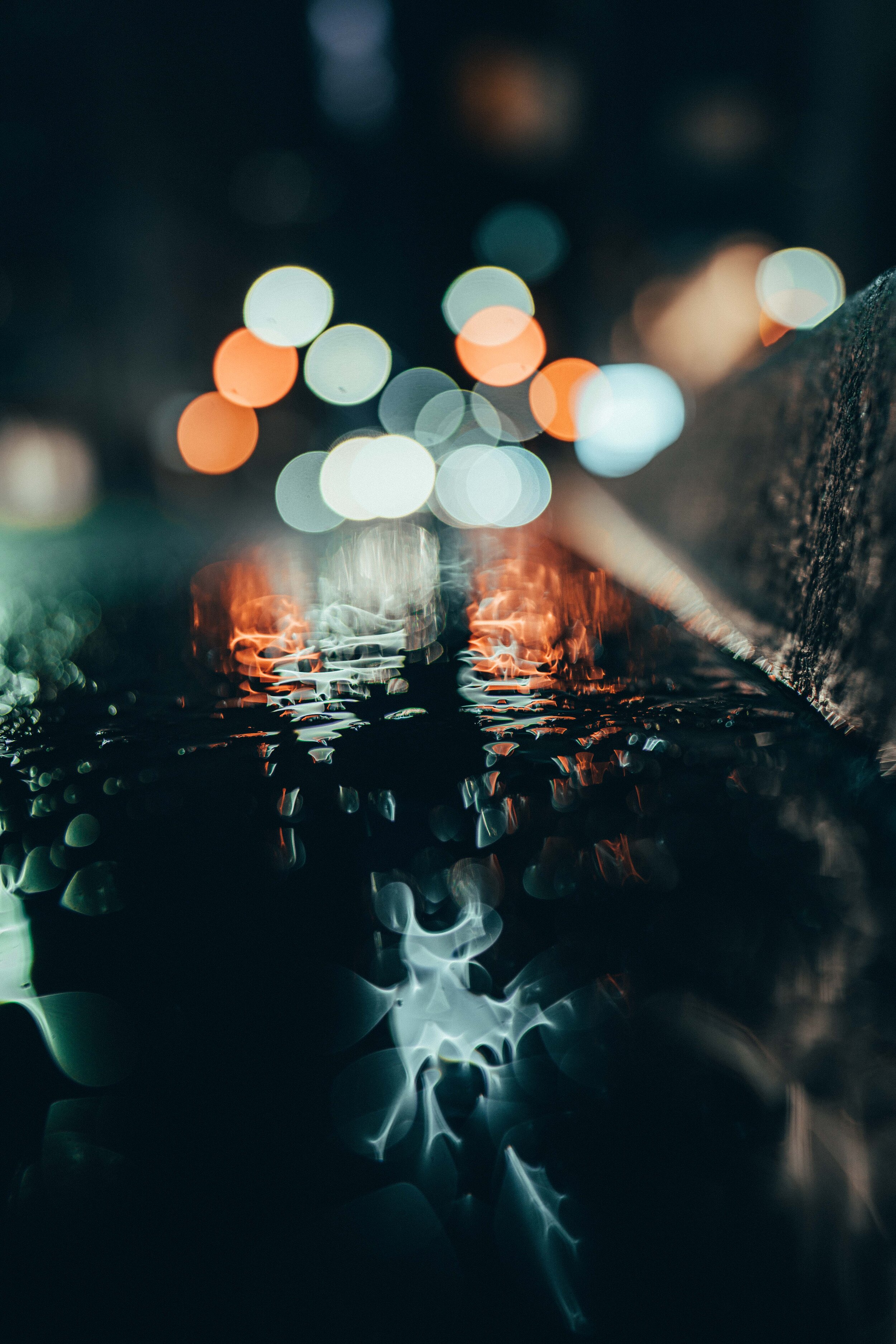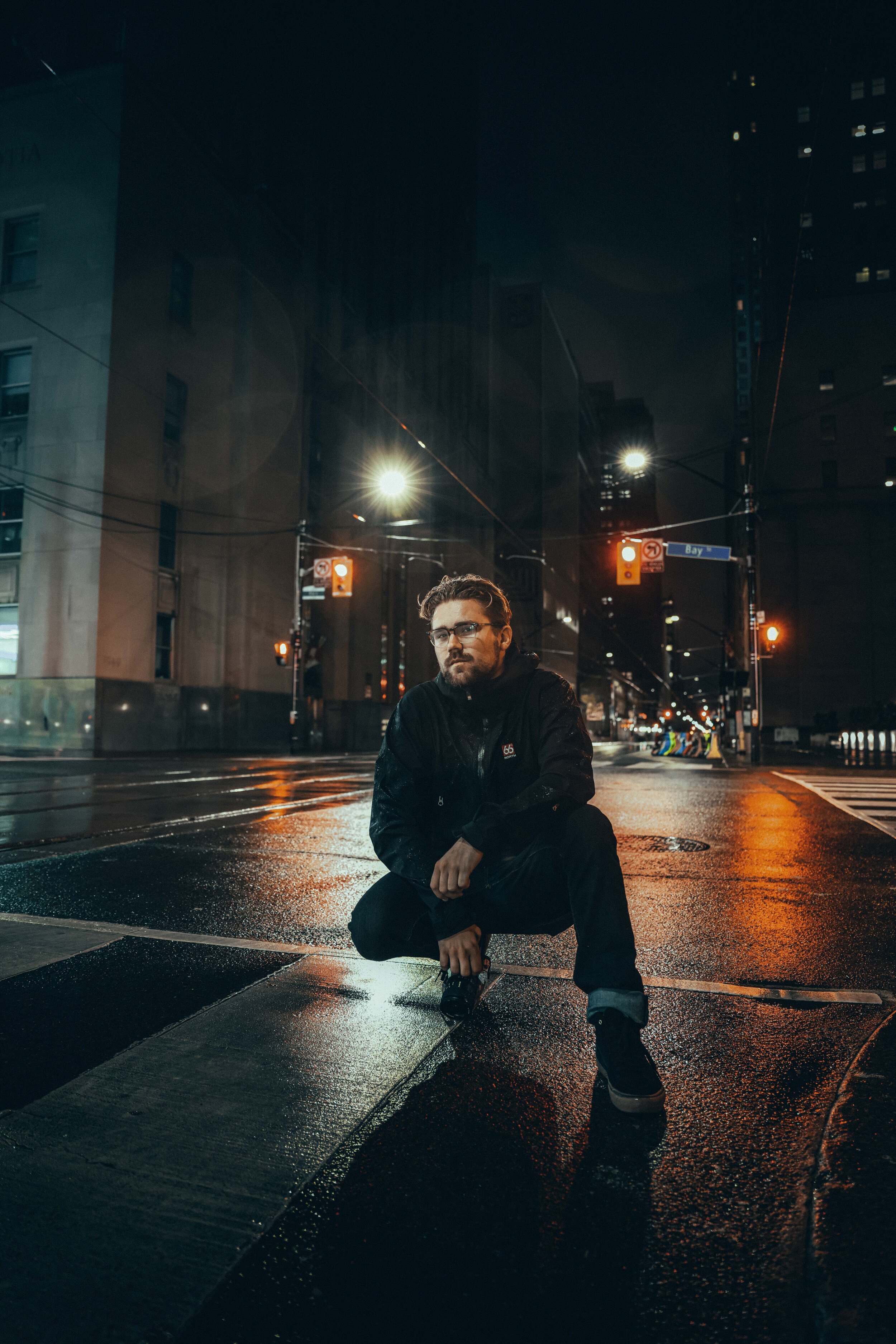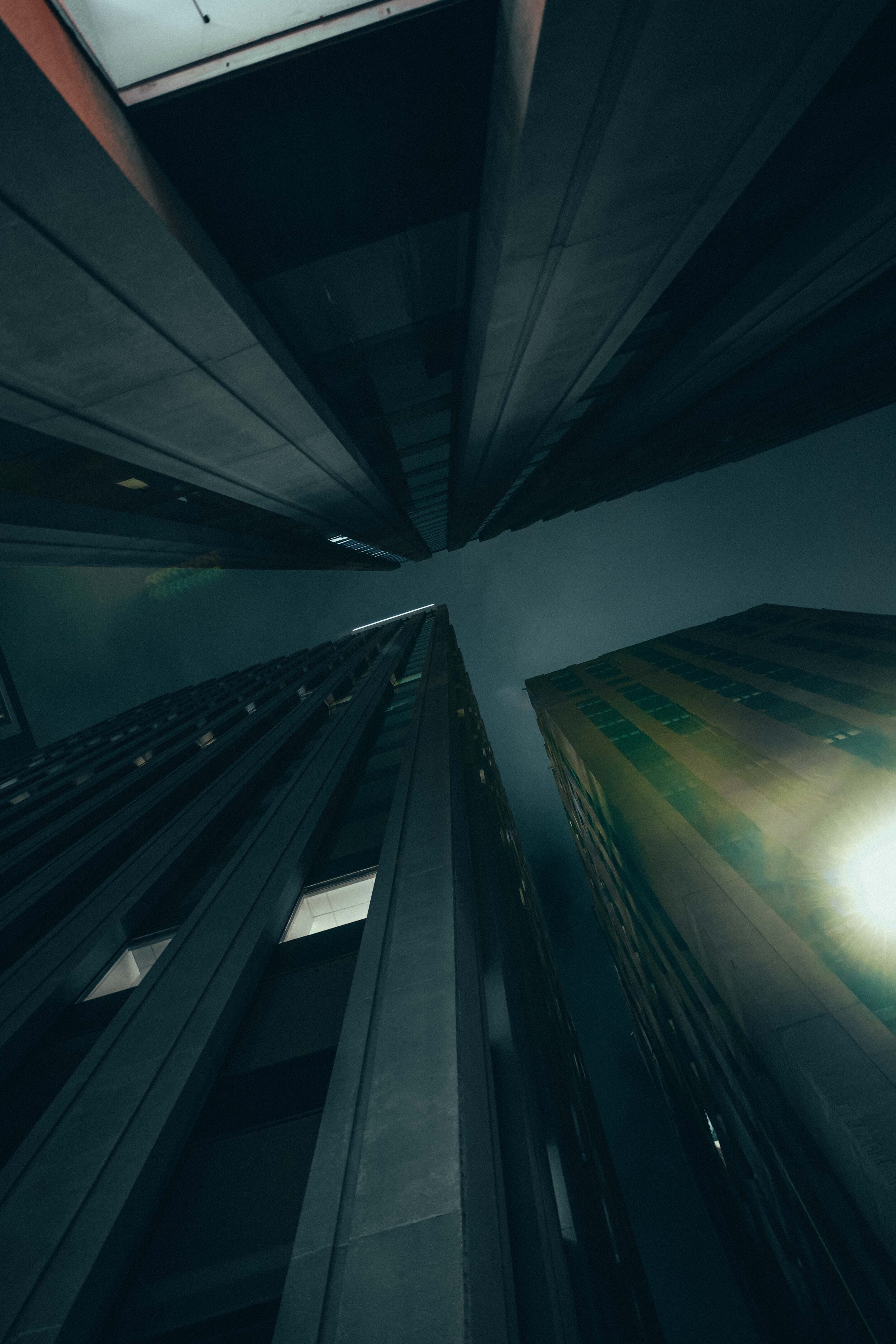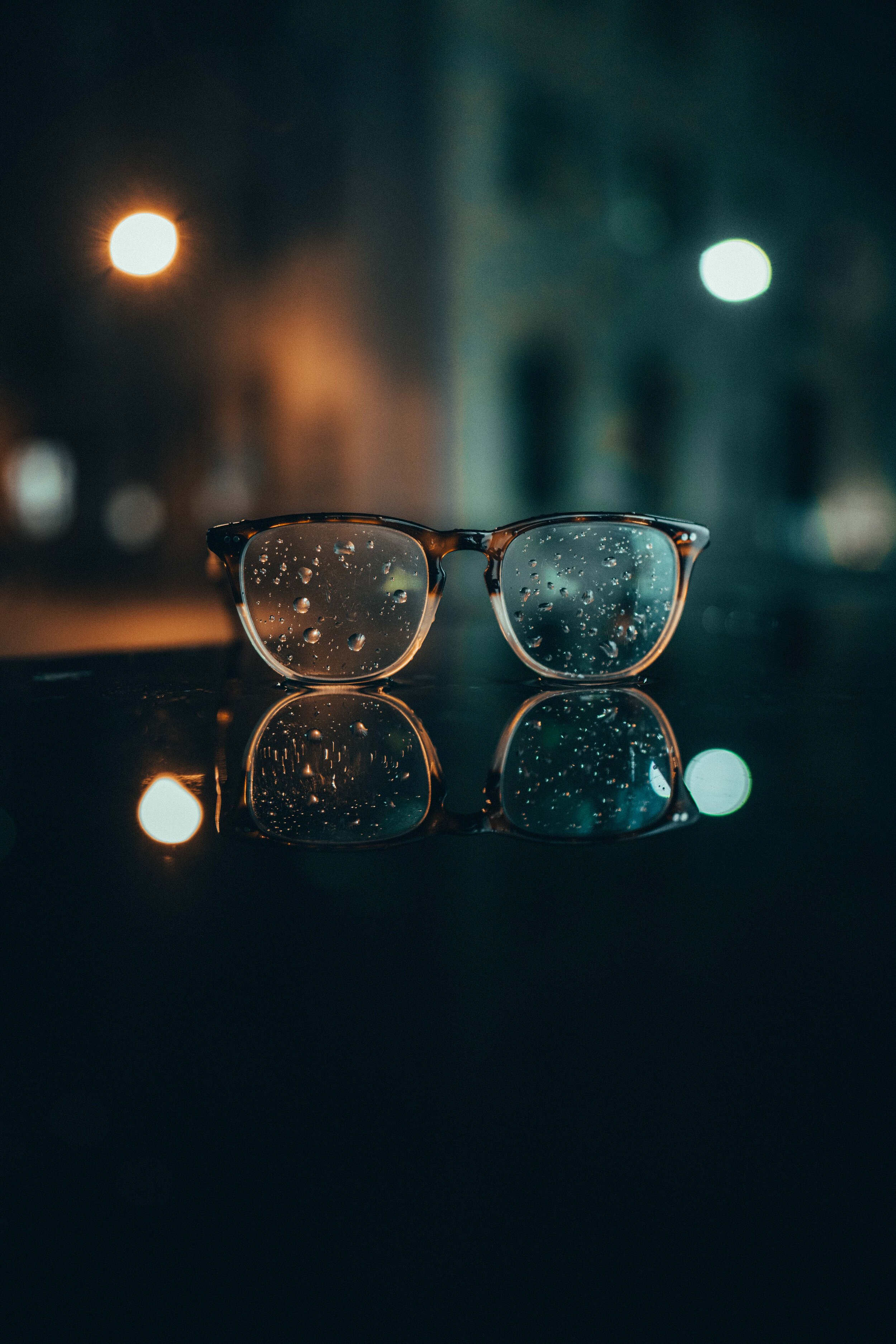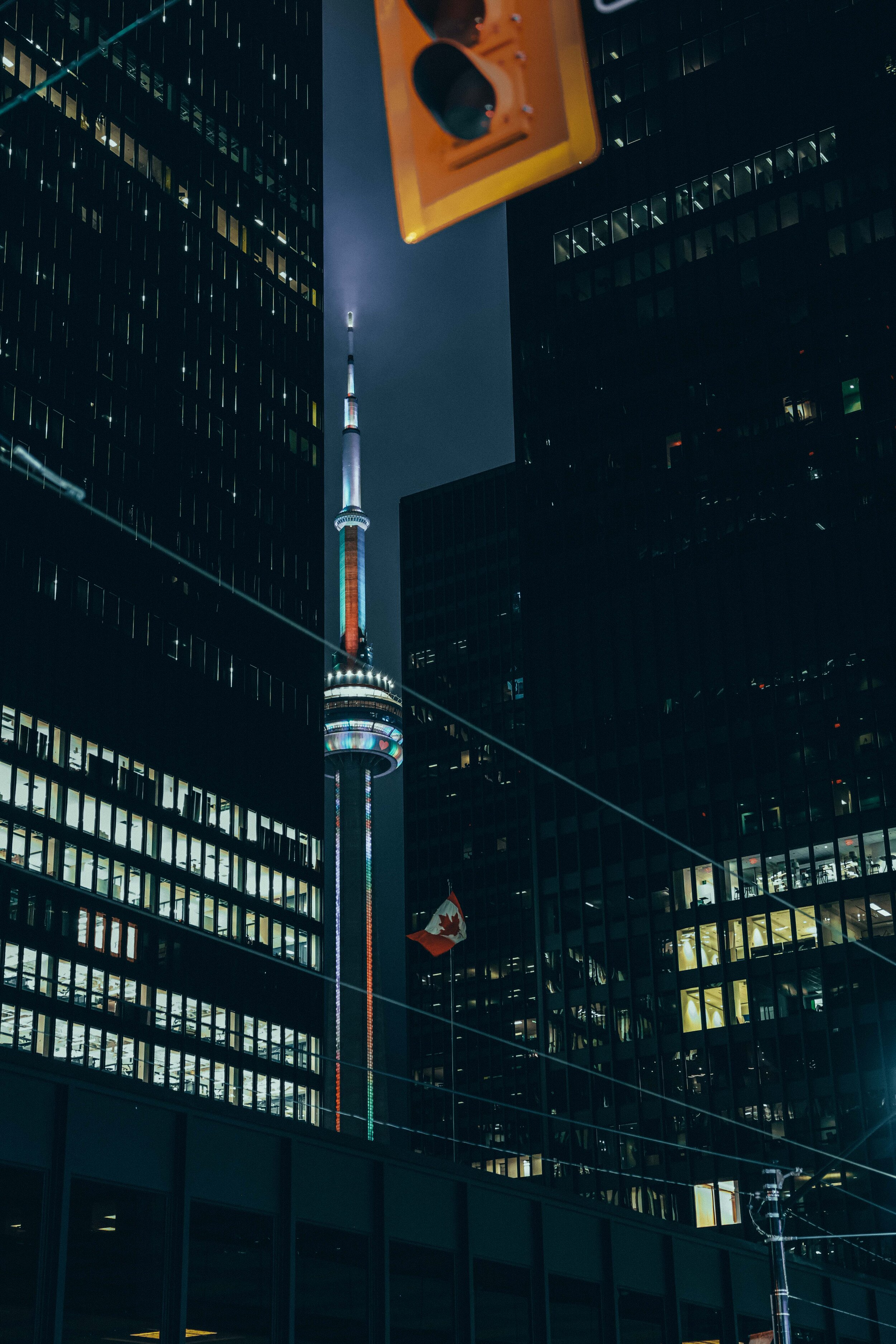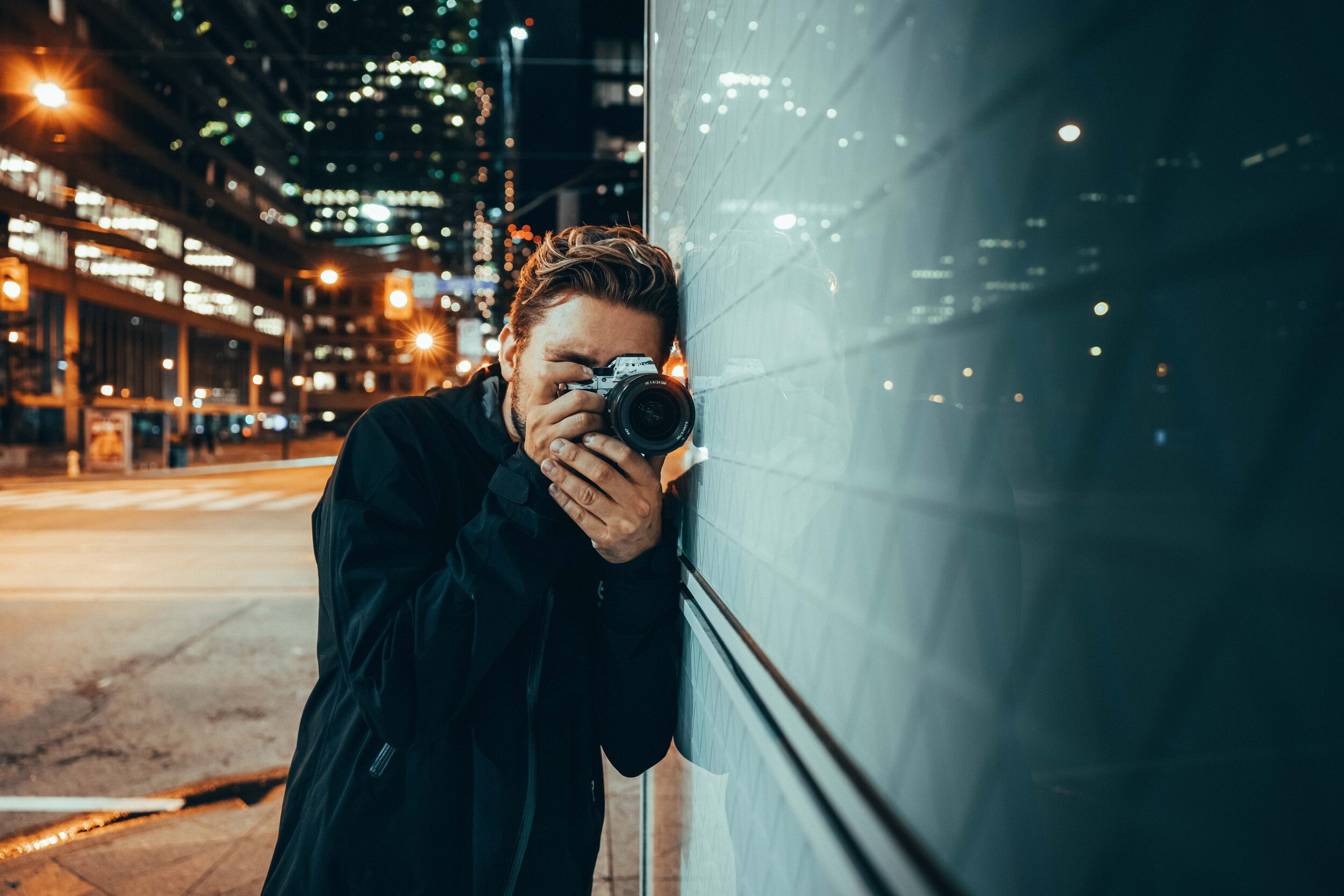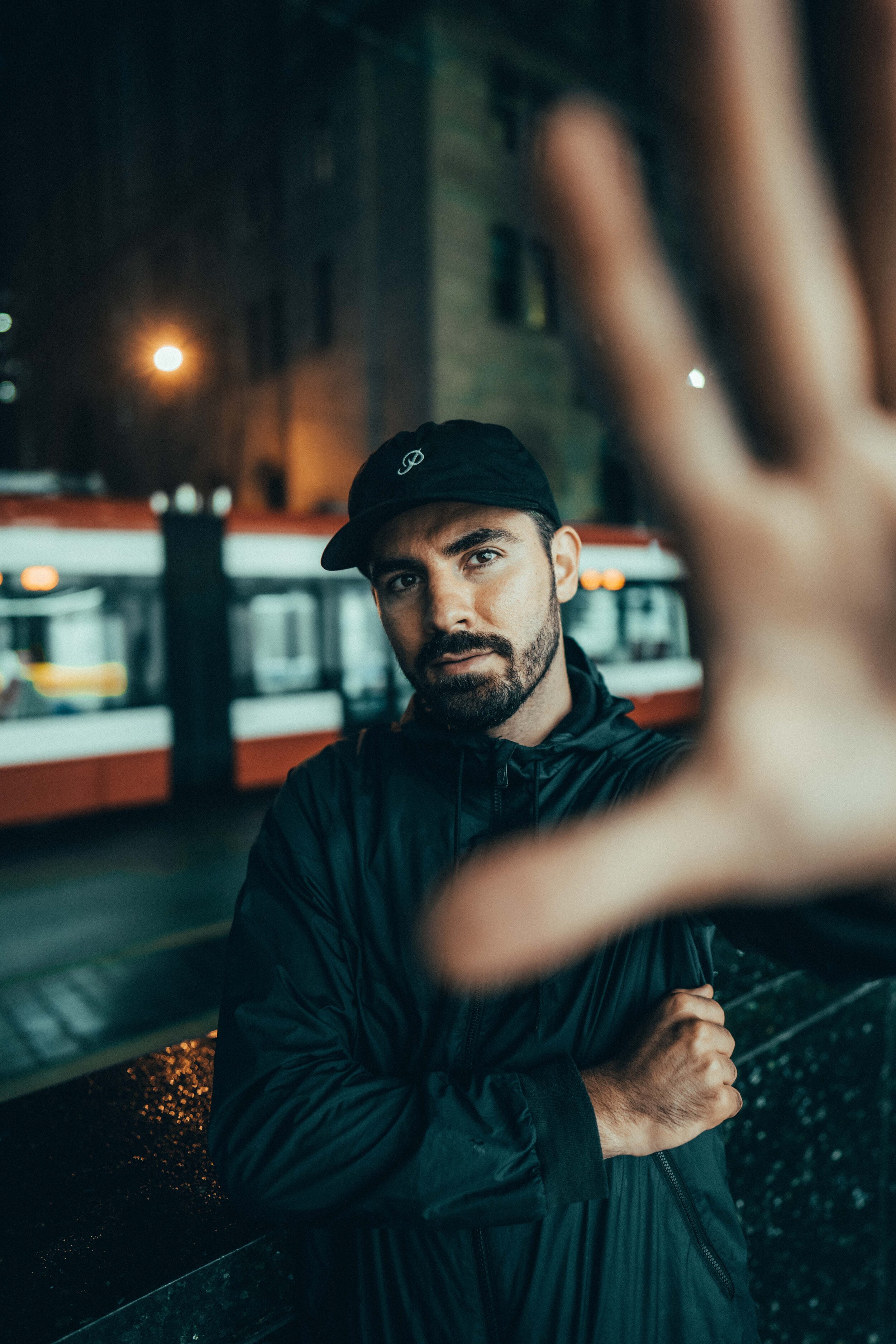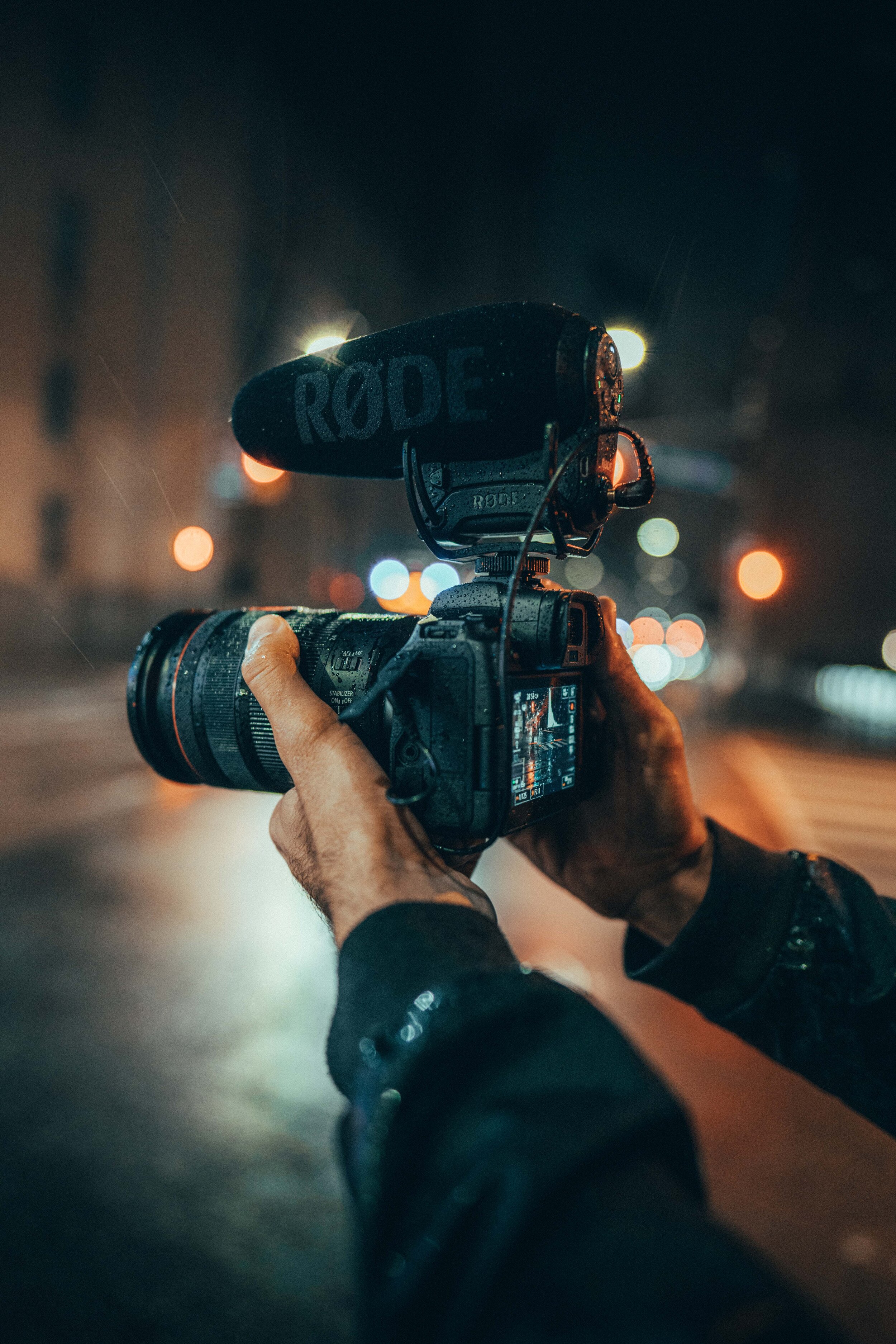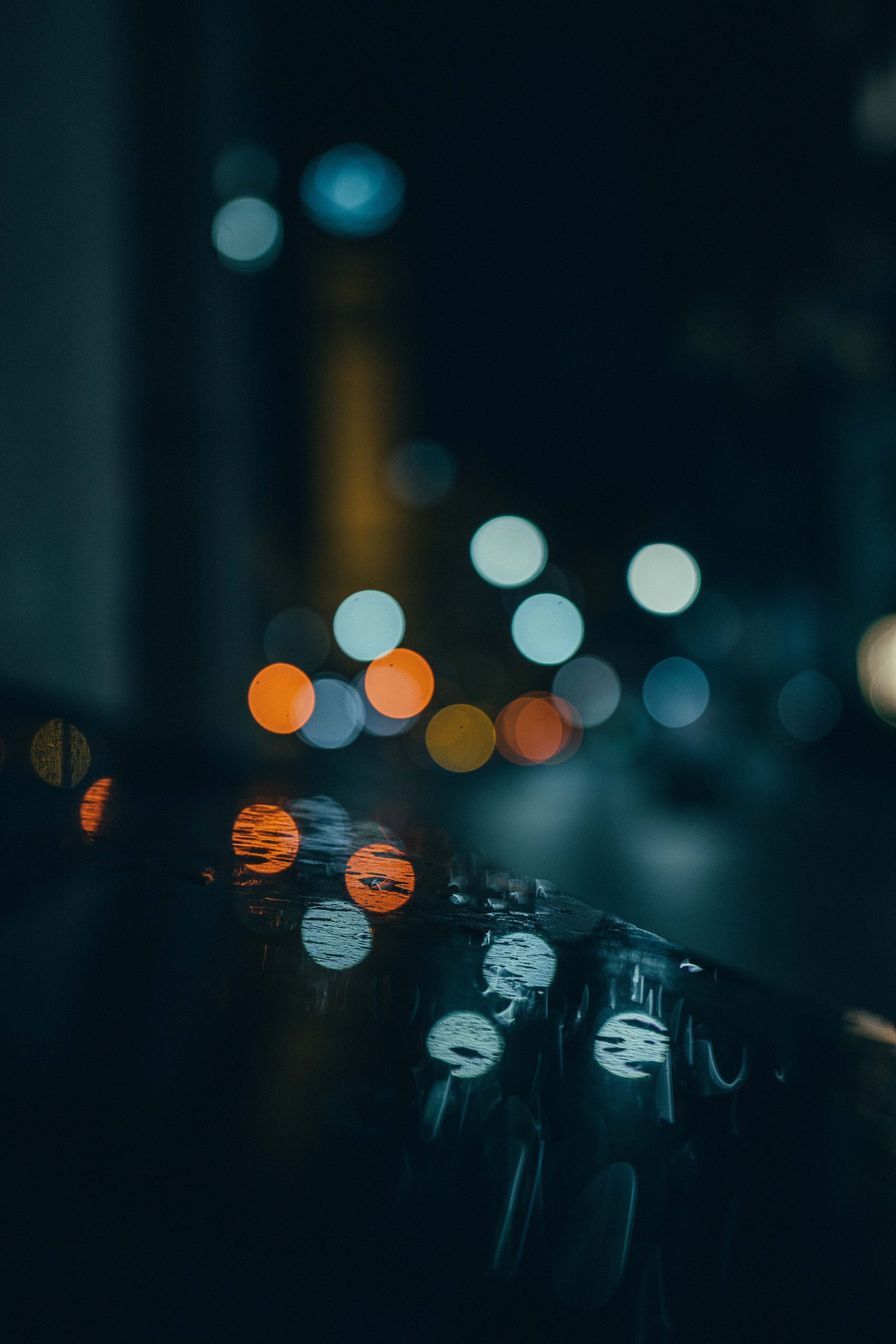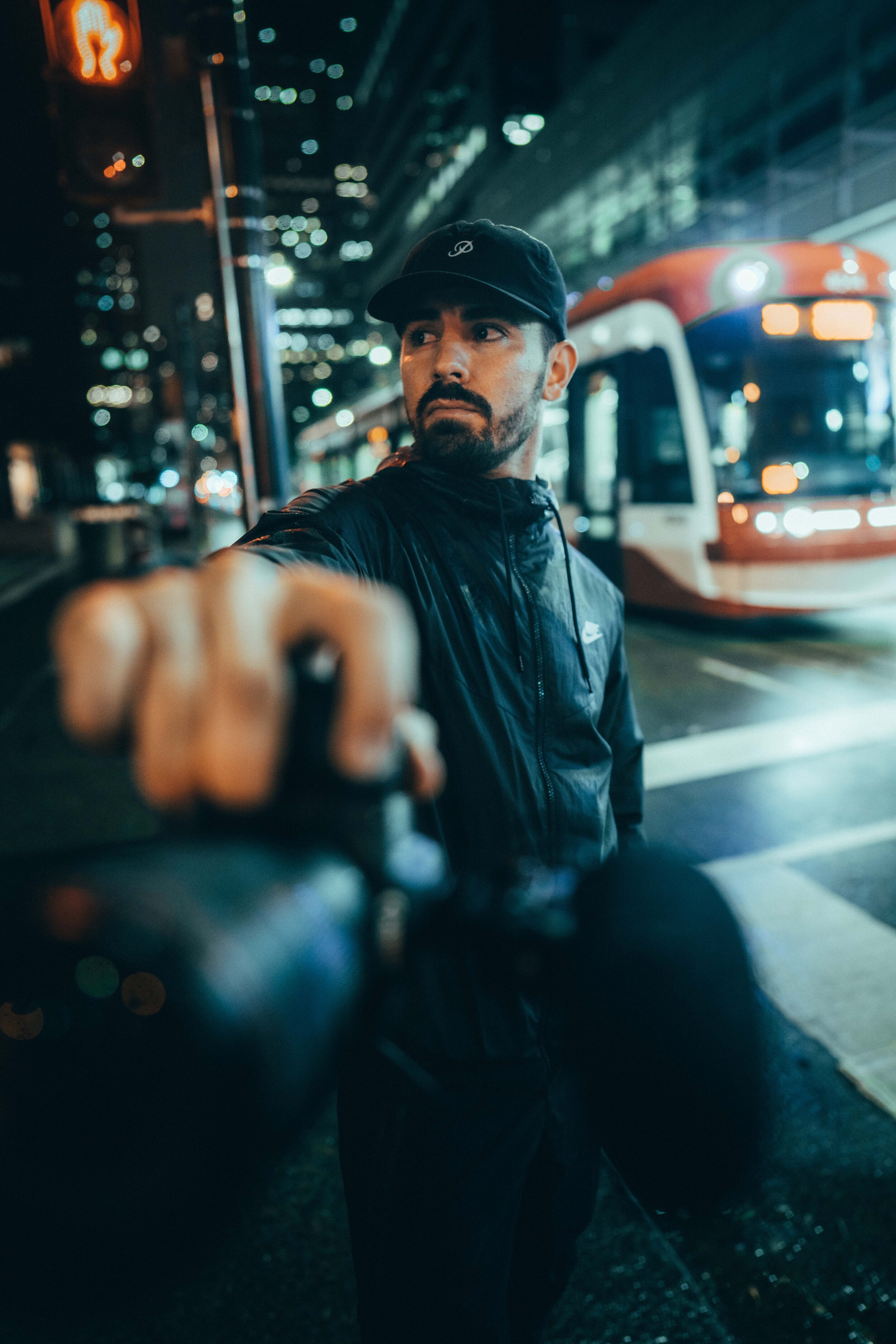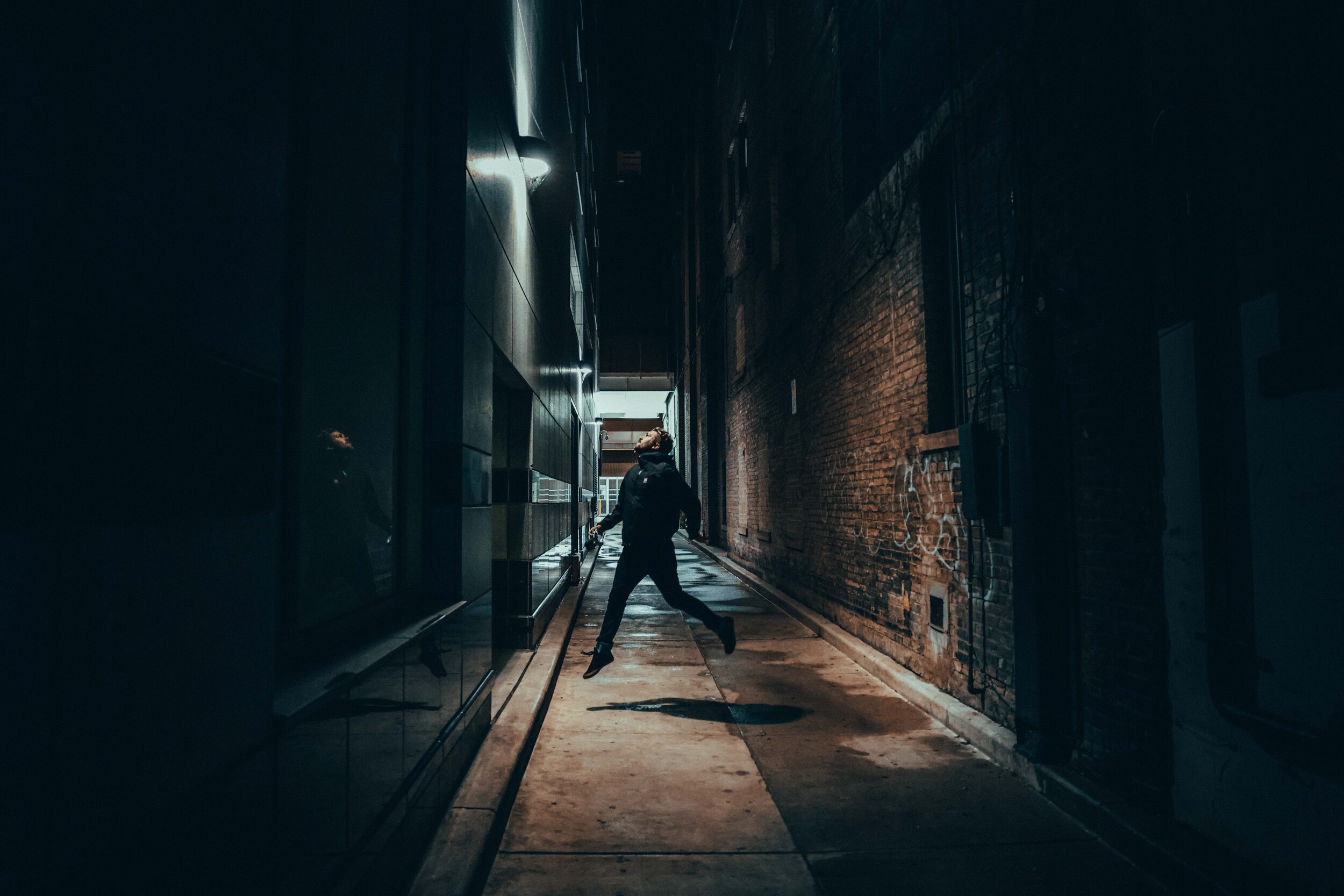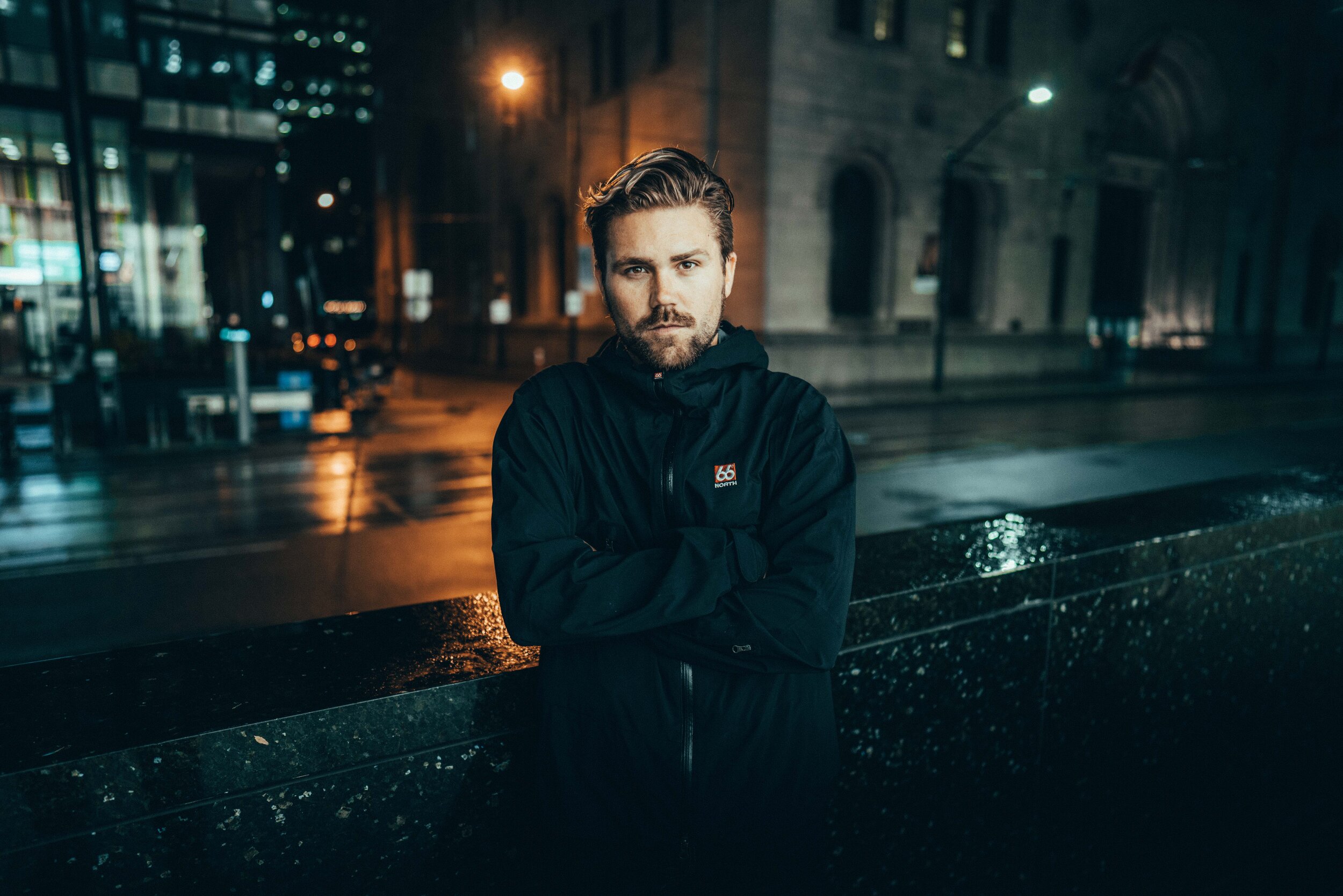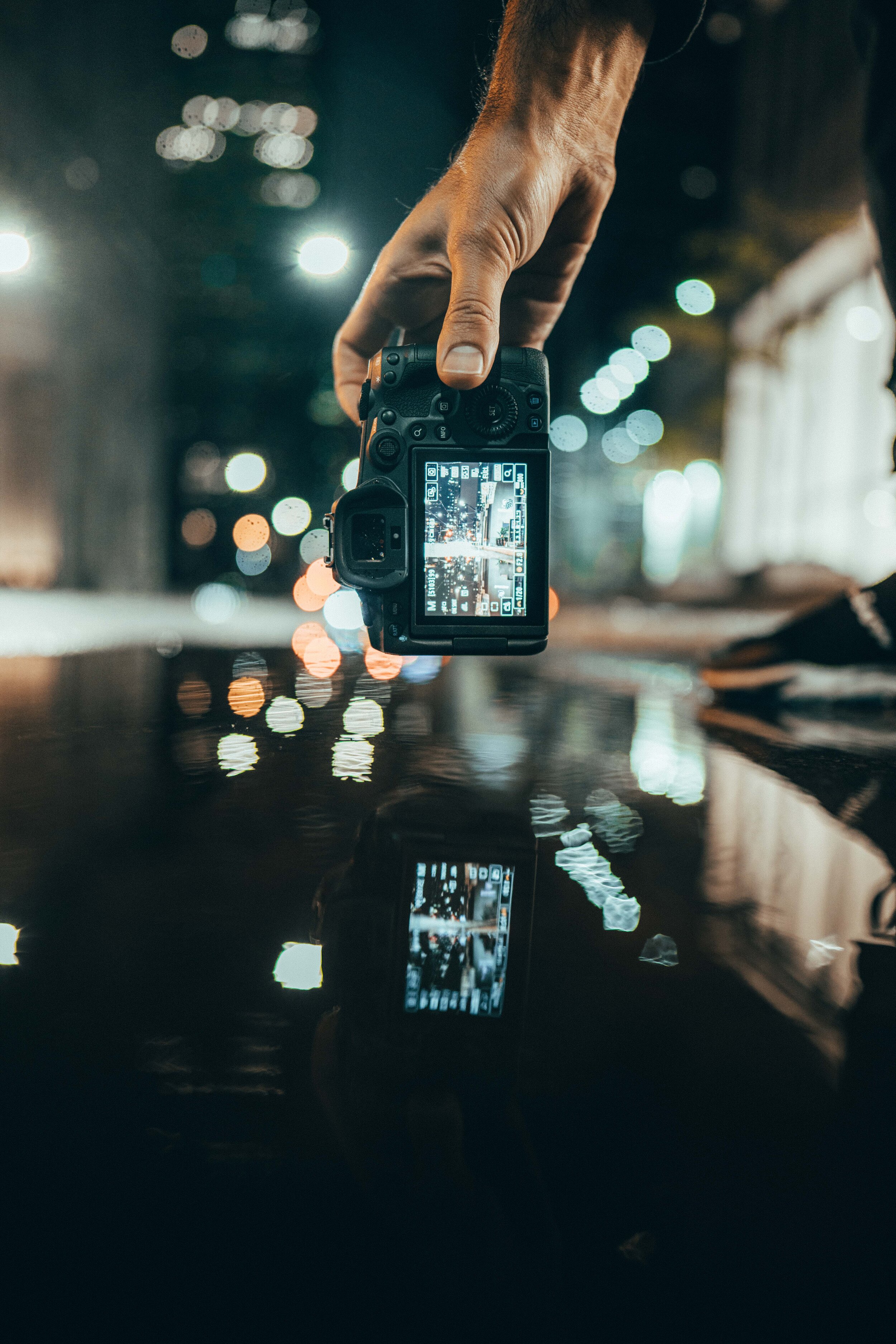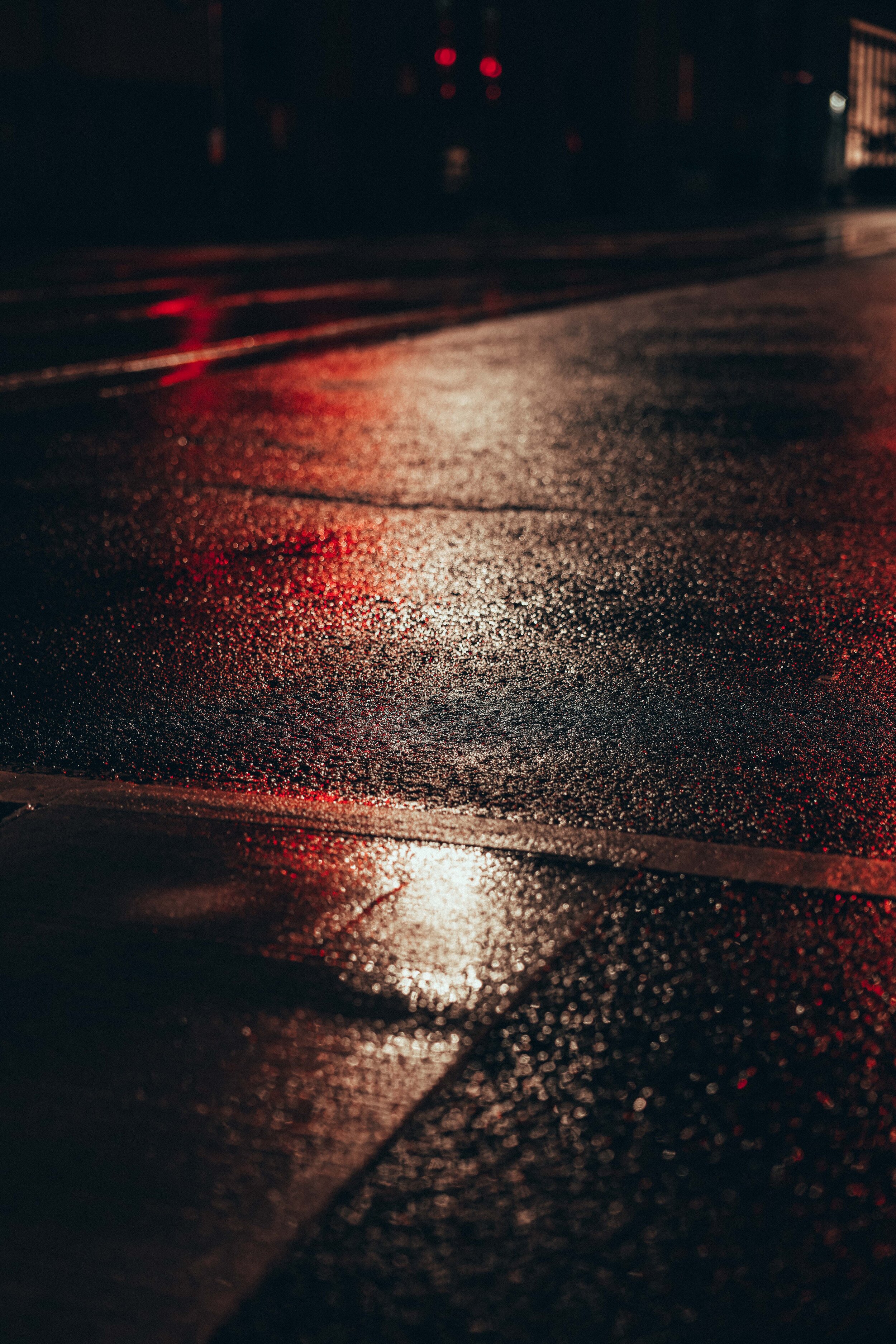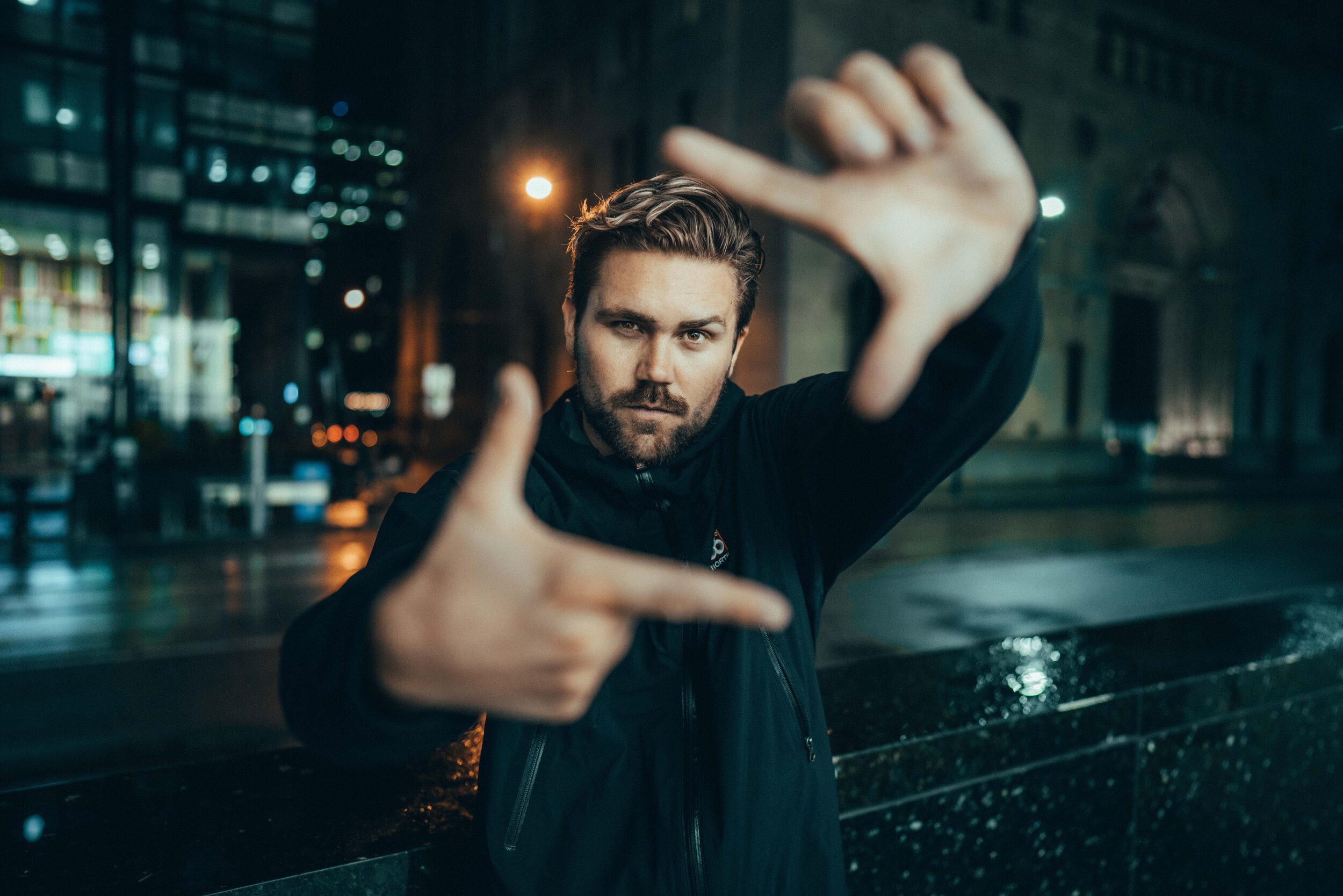Night Photography
I hope you enjoy this blog post, be sure to watch the YouTube video Night Photography with Chris Hau. There is also a second part coming that will allow you to see how I edit each image here, stay tuned for that.
My experience in the past with night photography was tremendously frustrating. Lugging around a bag of gear (lenses, tripods, batteries etc) and having no one there to talk to made the art of creating content difficult and confusing. Little did I know, I was approaching it all in the wrong way.
I realized, all I needed to carry with me was a single lens and my camera. The other missing piece was having a friend or subject to photograph. Don’t get me wrong, you definitely can go out and shoot on your own, but I find the creative process to be limiting. With less luggage and more available creative space you end up with more freedom to create outstanding imagery and at the same time enjoy the process.
Here are a few other tips I highly recommend you take into considering as you continue to pursue your photography goals:
Aim High & Low
Don't be afraid to look around you and in all directions. You want to be able to capture your surroundings and highlight the sense of place. This is a very crucial part in understanding your setting and potentially finding this you didn’t realize were there.
Think micro
A huge challenge is capturing the bigger picture, but sometimes the small details are what can define mood and character for a series of images. Get up close and try to capture the things you notice, even when they might not stand out while looking through your viewfinder.
Have purpose
Try and convey a story or reasoning behind each image you capture. Whether it’s to share a mood or simply experience a situation. Over the years I’ve worked diligently to have reasoning behind what I capture, defining my passion for architecture and cityscapes more and more as I continue along this creative journey. I allowed others to see my world as I imagined it, creating purpose with each photo I share online.
Light, Colour, Texture
These three key elements of focus will help you capture the perfect combination of imagery. You should walk into a setting ready to figure out and explore each of these. Challenge yourself to draw emphasis or manipulate your content in order to create more dramatic imagery.
Never settle with 1 Image
Many photographers shoot content and right away get stuck to one single image. Your storytelling skills are important and as you develop this ability it’s becomes valuable to have a series of images to help tell your audience what’s on your mind. As you perfect your art you’ll get closer to that single image but until then, use your photographs cumulatively to tell your story.

